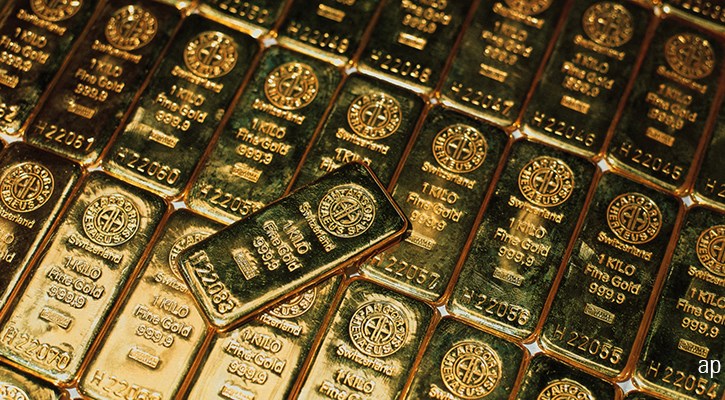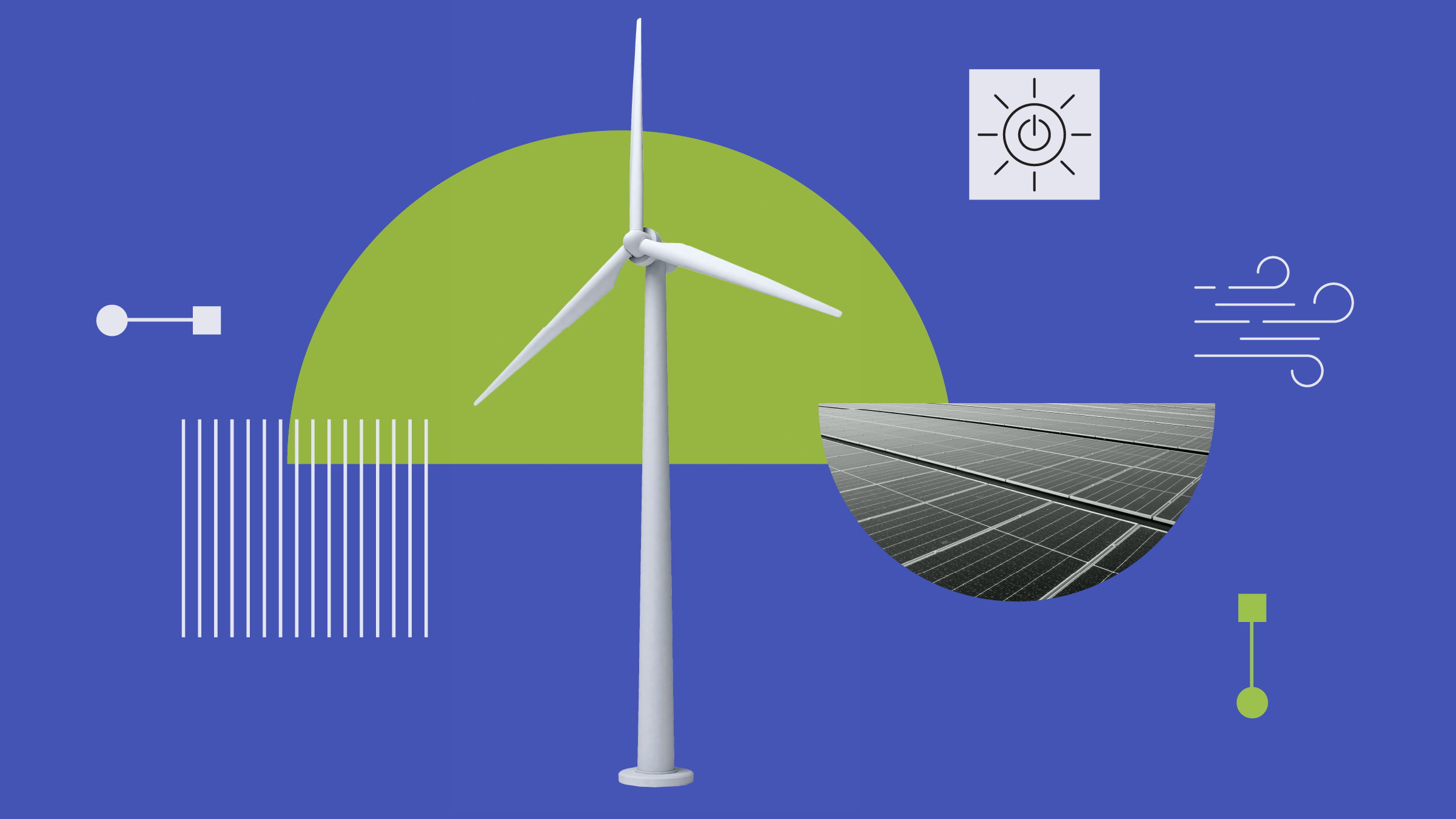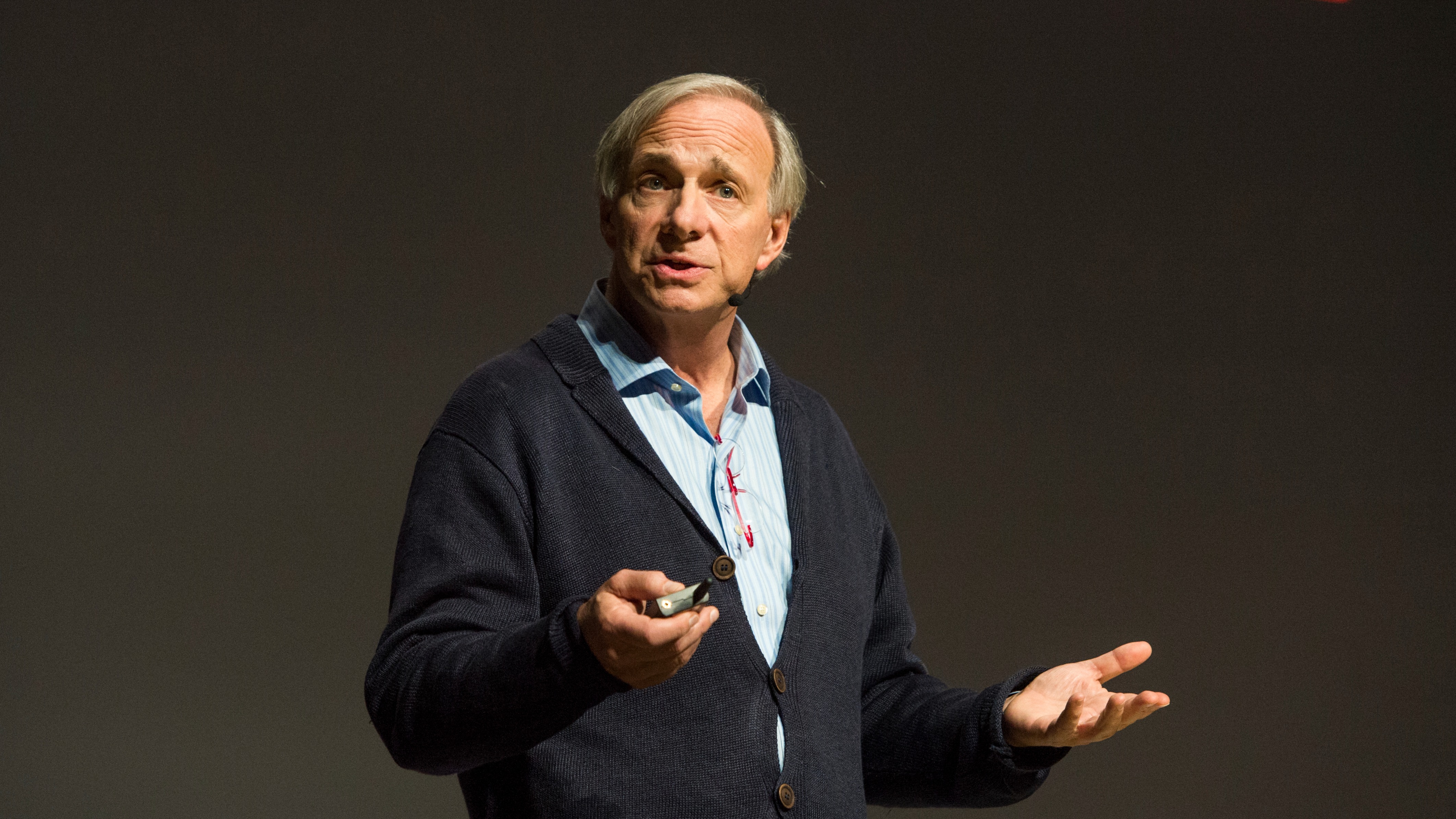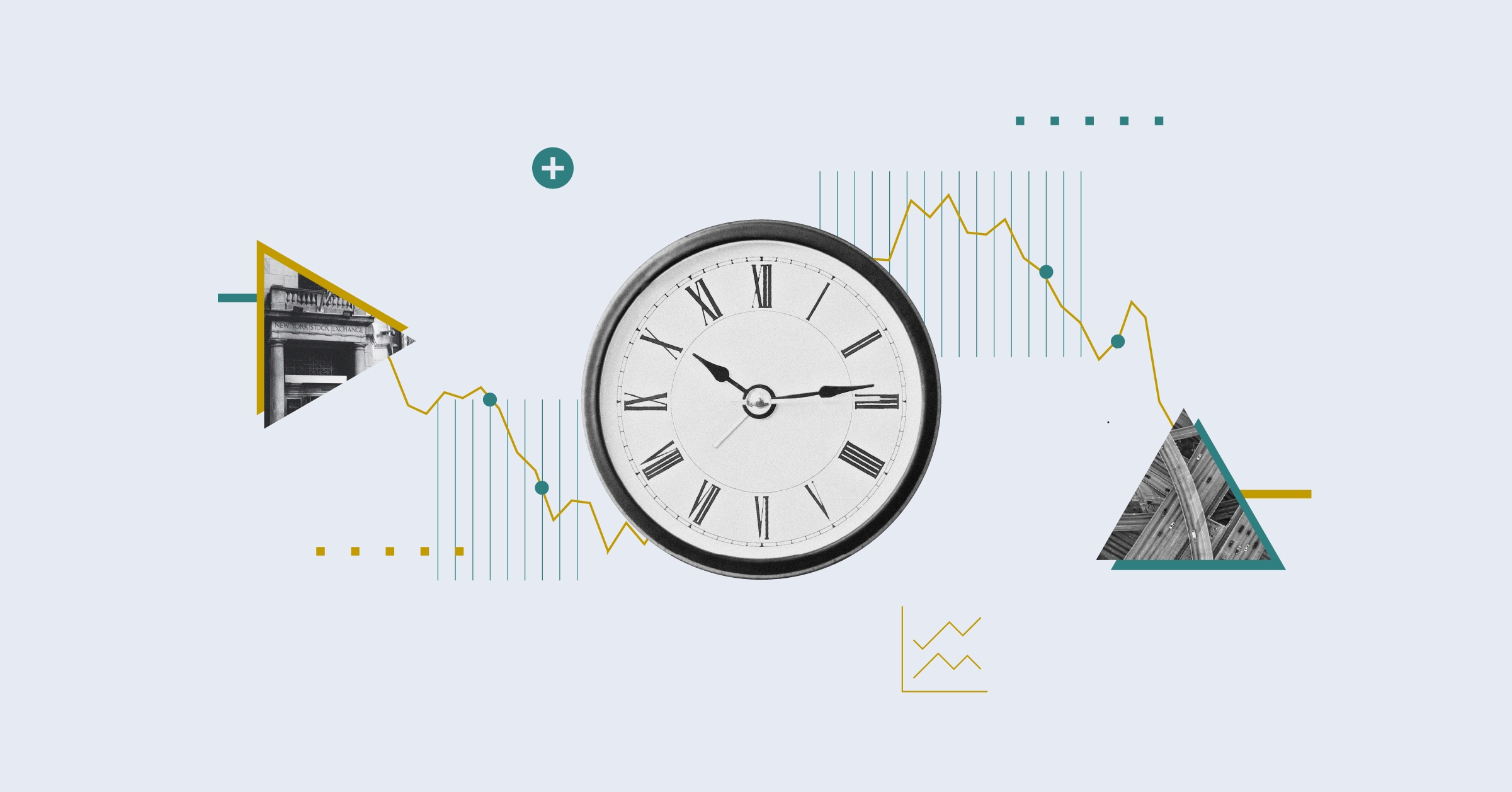Gold is not a commodity – or at least, it is unlike all other commodities, according to Smith & Williamson fund manager Ani Markova.
Markova says that of all the commodities, precious metals is the category most likely to succeed in the short to medium term, and investors should be positioning their portfolios to benefit from this curve.
Hers is a contrarian view. The recent problems in the Ukraine would usually be a catalyst for gold prices to rise – when political and economic issues threaten markets, investors usually run for the perceived safehaven of gold. During the depths of the eurocrisis, the global recession and when banks threatened to default in the UK, the gold price soared. But gold prices are falling, weak gains are quickly lost and Commerzbank analyst Daniel Briesemann admitted to the newswires that "physical demand seems to be somewhat muted. We've seen significant ETF outflows in the last couple of weeks and muted coin sales in the United States".
Physical gold ETFs saw their first outflows in three weeks on Tuesday – amounting to $32.3 million globally, according to ETF Securities, as some investors took profit as gold struggled to remain above the $1300 level reached the previous Friday.

But the gold bulls do not waiver.
“There was a massive sell-off across all commodities sectors last year,” said Markova, who runs the Smith & Williamson Global Gold & Resources fund. “But now prices are ready to rise. Fundamentals are coming to play a lot more significant role – gold at this price is not sustainable.”
With the gold price so low, miners are currently farming gold at a level that produces no profit. If the gold price is below a certain level miners cannot not fund exploration, and there is a risk the world will simply run out of gold. The scarcity factor is high because it takes 10 years to get a mine up and running, and the infrastructure cost is prohibitive.
“When demand picks up, which it will, we will need to find and develop fresh sites,” said Markova. “All the cheap-to-mine gold is already out of the ground – we will be forced to explore deposits in places such as the Andes and Alaska, which are not cheap to mine. The gold price will have to rise for those sites to be developed.”
According to Smith & Williamson this pick-up in demand will be largely fuelled by China. The Chinese slowdown may have a negative effect on construction related commodities such as copper, but gold is still highly coveted. Last year, banks on mainland China absorbed 35% of mining production globally – and that is just the figure shared with the rest of the world. In reality, it is probably a much higher figure.

“Gold is its own beast – I would not class it as a commodity,” said Markova. “The Chinese have had double digit wage growth. They are taxed on their properties, and do not trust the banks – so where can they store this new extra cash? Gold. Not only is the retail demand high in China, but it is highly likely central banks there are secretly importing bullion. We will probably wake up one day and the Chinese will reveal they have just as much gold as the US and will have the power to rebase their currency.”





























